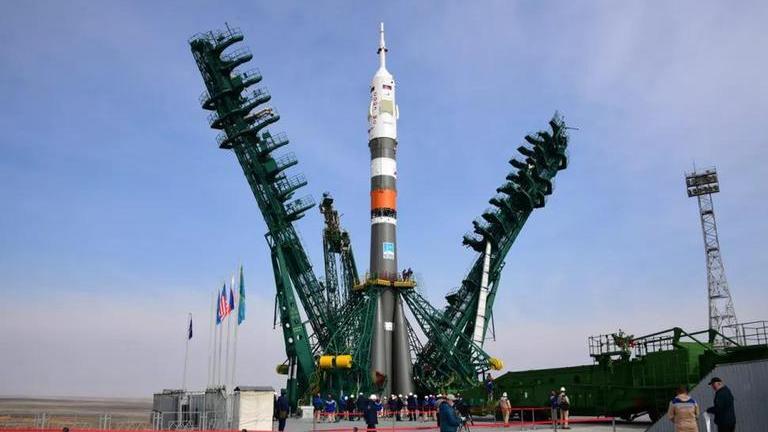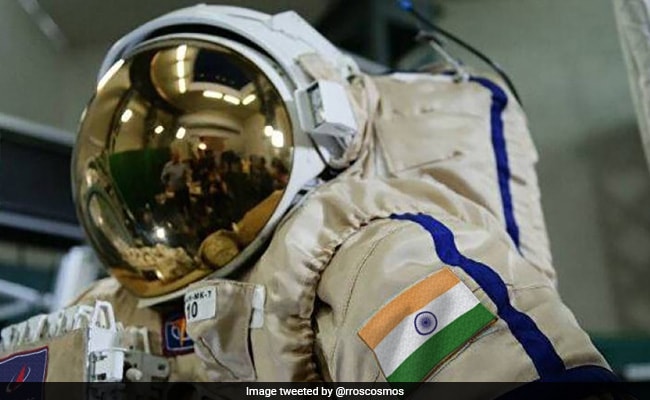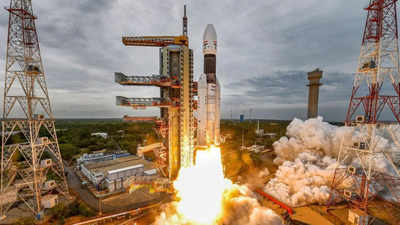Well, WTF? That would suck. All these two decades in developing GSLV Mk III would be a waste then since GSLV Mk III program was itself started for human spaceflight. They must take more time for human rating even if it gets delayed by few more years.
There would be no point an "indigenous" human space mission on an imported rocket. At least the launch vehicle and crew module should be minimum requirement for demonstration of technological power projection of human spaceflight.

m.republicworld.com
India in preliminary talks with Russia to fly astronauts on Soyuz rocket: Roscosmos






